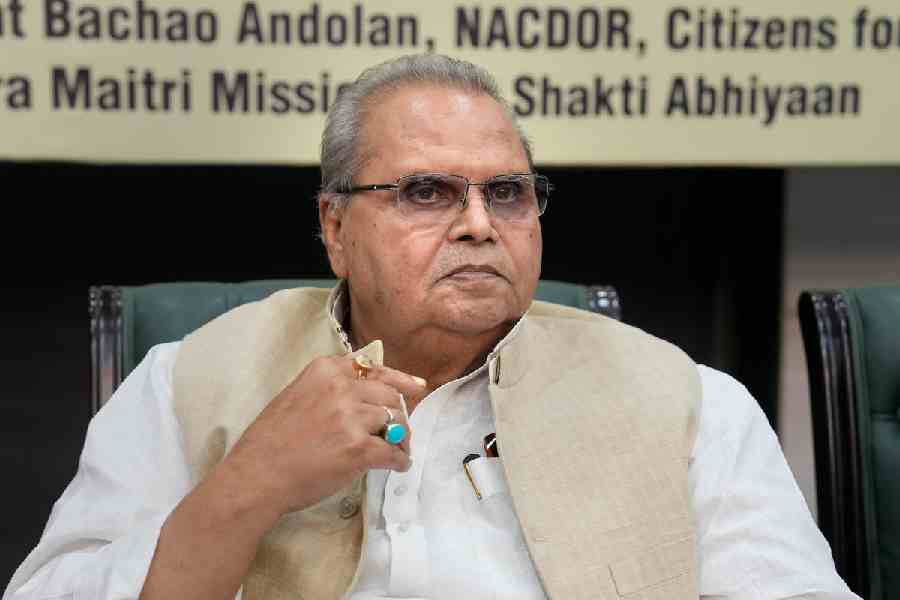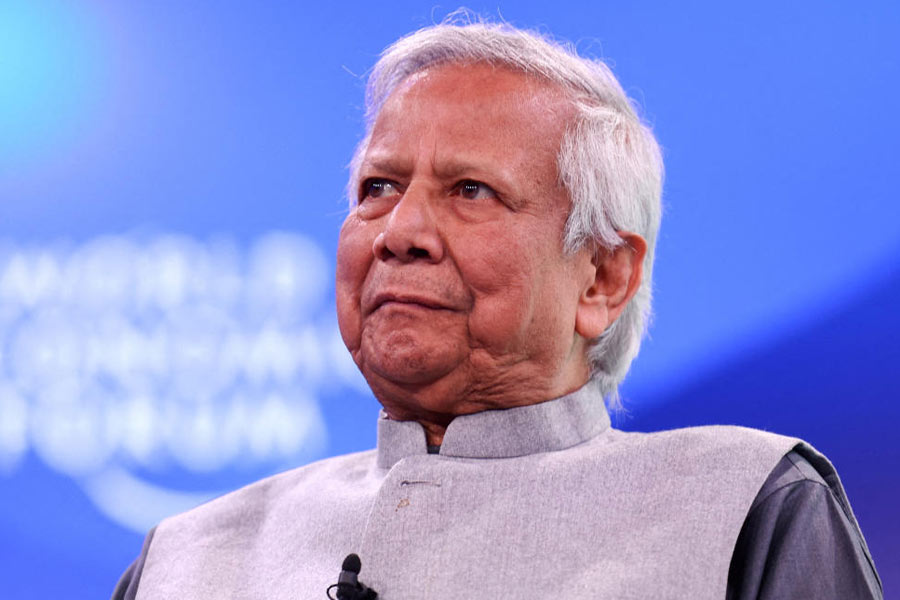
You know things have come full circle on occasions like this. Recently, William Shakespeare's First Folio travelled all the way from the United Kingdom's British Library to the Chhatrapati Shivaji Maharaj Vastu Sangrahalaya (CSMVS) in Mumbai.
For three months, several activities and events were woven around the guest book. According to the director-general of CSMVS, Sabyasachi Mukherjee, it was a hit with school students.
The British Library holds five First Folio copies. But the Folio that travelled to Mumbai is the only royal copy and was acquired by King George III for his private library, possibly in the early 19th century.
Each Folio is unique and reflects corrections and refinements that happened at the time of printing, as well as during handling of the copy by subsequent owners.
For instance, in the First Folio on display, the opening words of the play Romeo and Juliet are missing. The famous Prologue beginning "Two households, both alike in dignity, In Fair Verona, where we lay our scene" is just not there.
"Almost certainly this is because the printer edited it out in order to make the rest of the play fit neatly onto an even number of pages," Adrian Edwards, head of printed heritage collections at the British Library, tells The Telegraph in an email from London.
But couldn't the Folio have stopped at other Indian cities, even Calcutta? "We did not bid for this particular Folio as we were not aware of it... Besides, CSMVS has a long-standing relationship with the British Library. Even in 2013-14, it had brought all the mummies from the British Museum," says Jayanta Sengupta, director of the Indian Museum in Calcutta.
It seems, when such artefacts are loaned out of the country, it is the responsibility of the host museum to make arrangements and bear the entire cost of transportation and insurance. Sengupta also explains that government museums like the Indian Museum have a detailed protocol to follow, framed by the ministry of culture. And then, of course, there is that little matter of staying within budget.
Edwards, however, assures that one of the future projects of the British Library has a definite Calcutta connection. The project, a collaborative effort involving the National Library in Delhi and Jadavpur University here, involves digitisation of around 1,40,000 books in Indian languages, including Bengali.
Whatever the reason, the First Folio sounds like a big miss for all Indian cities minus Mumbai.
Ananya Dutta Gupta, assistant professor of English at Visva-Bharati in Santiniketan, does not quite agree. She says, "The Folger Shakespeare Library in Washington has made a complete digital version of the First Folio available on its website. One can flip the pages almost as if one were holding the book."
If that is the case, what can the travelling tome achieve? "It serves as a fascinating specimen from earlier times of book-making. It could inspire a generation used to digital reading material to engage more closely with the history of publishing. It could also generate archiving projects and a culture of material preservation in ways more organised than has been the practice in India," says Dutta Gupta.
Edwards draws attention to the fact that most people don't realise that there are almost no manuscripts of Shakespeare's works and had it not been for the First Folio, 18 of his plays would have been lost. "Plays such as The Tempest, The Two Gentlemen of Verona and Macbeth would never have survived."
Says Dutta Gupta, "The loan could inaugurate a fresh innings of Shakespearean negotiations in India. The book of Shakespeare has finally arrived in a land to which he was never a stranger in the first place."
That's what we said at the outset. Full circle.

First Things First
♦ The First Folio was put together by two actor friends of Shakespeare — John Heminges and Henry Condell in 1623
♦ It was the first compilation of a single playwright’s works. Shakespeare wrote 37 plays; the First Folio includes 36
♦ The duo drew upon good quartos, prompt books, the author’s working drafts and
fair copies
♦ It is also the first-ever generic classification of the Shakespearean dramatic corpus. Typically, plays like The Tempest and The Winter’s Tale are listed as romances, but in the First Folio they appear under comedy
♦ 750 copies were printed. Of these, only 234 survive today.











